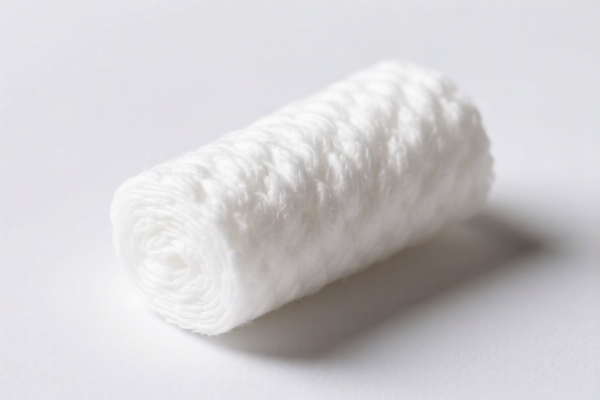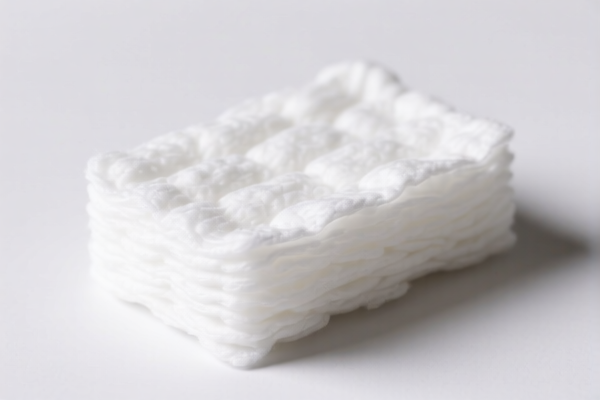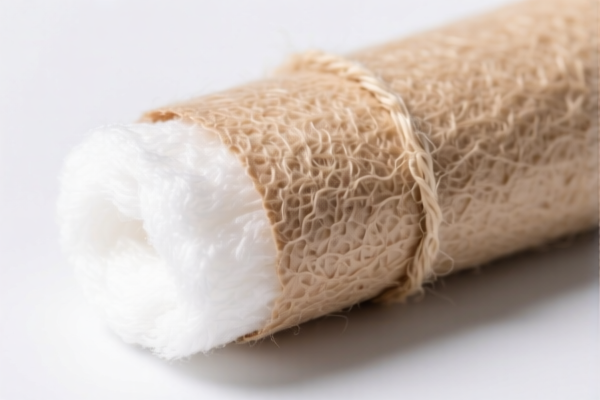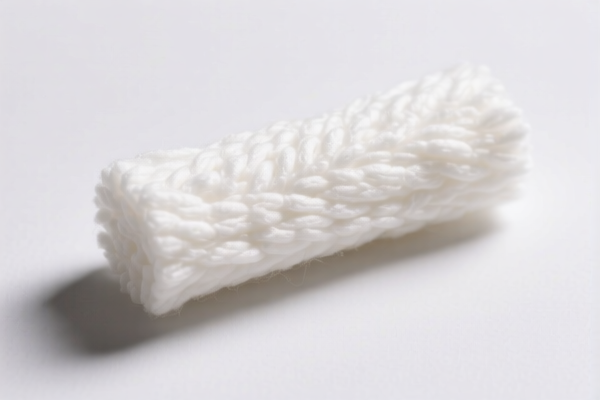| HS Code | Official Doc | Tariff Rate | Origin | Destination | Effective Date |
|---|---|---|---|---|---|
| 3926909989 | Doc | 42.8% | CN | US | 2025-05-12 |
| 3901909000 | Doc | 61.5% | CN | US | 2025-05-12 |
| 8308100000 | Doc | 1.1¢/kg + 2.9%+55.0% | CN | US | 2025-05-12 |
| 4421918024 | Doc | 6.5¢/gross<il></il>+30.0% | CN | US | 2025-05-12 |




HS Code Classification & Duty Analysis for "NAPKIN BUTTON"
Based on the provided data, here's a breakdown of the HS codes potentially relevant to "NAPKIN BUTTON", along with duty information and key considerations. Please note that the most accurate classification depends on the precise material composition, function, and intended use of the buttons.
Important Disclaimer: This analysis is based solely on the descriptions provided. Final classification is determined by customs authorities.
1. HS Code: 3926.90.99.89 – Other articles of plastics and articles of other materials of headings 3901 to 3914: Other: Other Other
- Chapter 39: Plastics and articles thereof. This suggests the button could be made of plastic.
- 3926: Other articles of plastics and articles of other materials. This is a broad category for items not specifically covered elsewhere in Chapter 39.
- 3926.90: Other. Further specifies items not classified in more detailed subheadings.
- 3926.90.99: Other. An even more general "catch-all" for items within this category.
-
3926.90.99.89: Other. The most specific, but still broad, classification.
-
Duty:
- Basic Duty: 5.3%
- Additional Duty: 7.5%
- Post April 2, 2025: Additional Duty increases to 30%
- Total Duty: 42.8%
-
Considerations: If the button is primarily plastic, this is a strong candidate. However, if it contains significant metal components, another HS code might be more appropriate.
-
2. HS Code: 3901.90.90.00 – Polymers of ethylene, in primary forms: Other: Other: Other
- Chapter 39: Plastics and articles thereof. Again, points to a plastic composition.
- 3901: Polymers of ethylene (polyethylene) in primary forms. This suggests the button might be made from polyethylene.
- 3901.90: Other polymers of ethylene.
- 3901.90.90: Other.
-
3901.90.90.00: Other.
-
Duty:
- Basic Duty: 6.5%
- Additional Duty: 25.0%
- Post April 2, 2025: Additional Duty increases to 30%
- Total Duty: 61.5%
-
Considerations: This HS code is relevant if the button is made of raw polyethylene material. It's less likely if the button is a finished product.
-
3. HS Code: 8308.10.00.00 – Clasps, frames with clasps, buckles, buckle-clasps, hooks, eyes, eyelets and the like, of base metal, of a kind used for clothing or clothing accessories, footwear, jewelry, wrist watches, books, awnings, leather goods, travel goods or saddlery or for other made up articles; tubular or bifurcated rivets, of base metal; beads and spangles, of base metal: Hooks, eyes and eyelets
- Chapter 83: Miscellaneous articles of base metal. This suggests the button is made of metal.
- 8308: Clasps, frames with clasps, buckles, etc. This is for metal fasteners.
- 8308.10: Hooks, eyes and eyelets.
-
8308.10.00: Other.
-
Duty:
- Basic Duty: 1.1¢/kg + 2.9%
- Additional Duty: 25.0%
- Post April 2, 2025: Additional Duty increases to 30%
- Total Duty: 1.1¢/kg + 2.9% + 55.0%
-
Considerations: If the button is made of metal and functions as a fastener (hook, eye, etc.), this is a strong possibility. The duty is calculated per kilogram of the button.
-
4. HS Code: 4421.91.80.24 – Other articles of wood: Other: Of bamboo: Clothespins: Spring-type Valued not over 80¢/gross
- Chapter 44: Wood and articles of wood. This suggests the button is made of wood.
- 4421: Other articles of wood.
- 4421.91: Other.
- 4421.91.80: Of bamboo.
-
4421.91.80.24: Spring-type clothespins valued not over 80¢/gross.
-
Duty:
- Basic Duty: 6.5¢/gross
- Additional Duty: 0.0%
- Post April 2, 2025: Additional Duty increases to 30%
- Total Duty: 6.5¢/gross + 30.0%
-
Considerations: This HS code is very specific to bamboo spring-type clothespins with a low value. It's unlikely to be applicable unless the button exactly matches this description.
-
Recommendations:
- Material Composition: Crucially, determine the primary material of the button (plastic, metal, wood, etc.).
- Function: How is the button used? Is it a fastener, a decorative element, or something else?
- Value: If the button is wood, determine its value per gross.
- Single vs. Mixed Materials: If the button is made of multiple materials, the classification can be complex.
- Certification: Depending on the final HS code, you may need to provide certifications regarding the material composition or origin of the button.
Disclaimer: This information is for general guidance only. Consult with a licensed customs broker or the relevant customs authority for a definitive classification and duty assessment.
Customer Reviews
The explanation of HS Code 4421918024 and the 6.5¢/gross + 30.0% tariff was super helpful. Great for wooden buttons.
The site has good HS code info, but I wish there was a way to filter by material type. Still useful for research.
The breakdown of HS Code 8308100000 with the tariff rate of 1.1¢/kg + 55.0% was exactly what I needed. Good info for metal buttons.
This site provided clear details on HS Code 3926909989 and the 42.8% tariff rate. Very helpful for exporting plastic napkin buttons to the US.